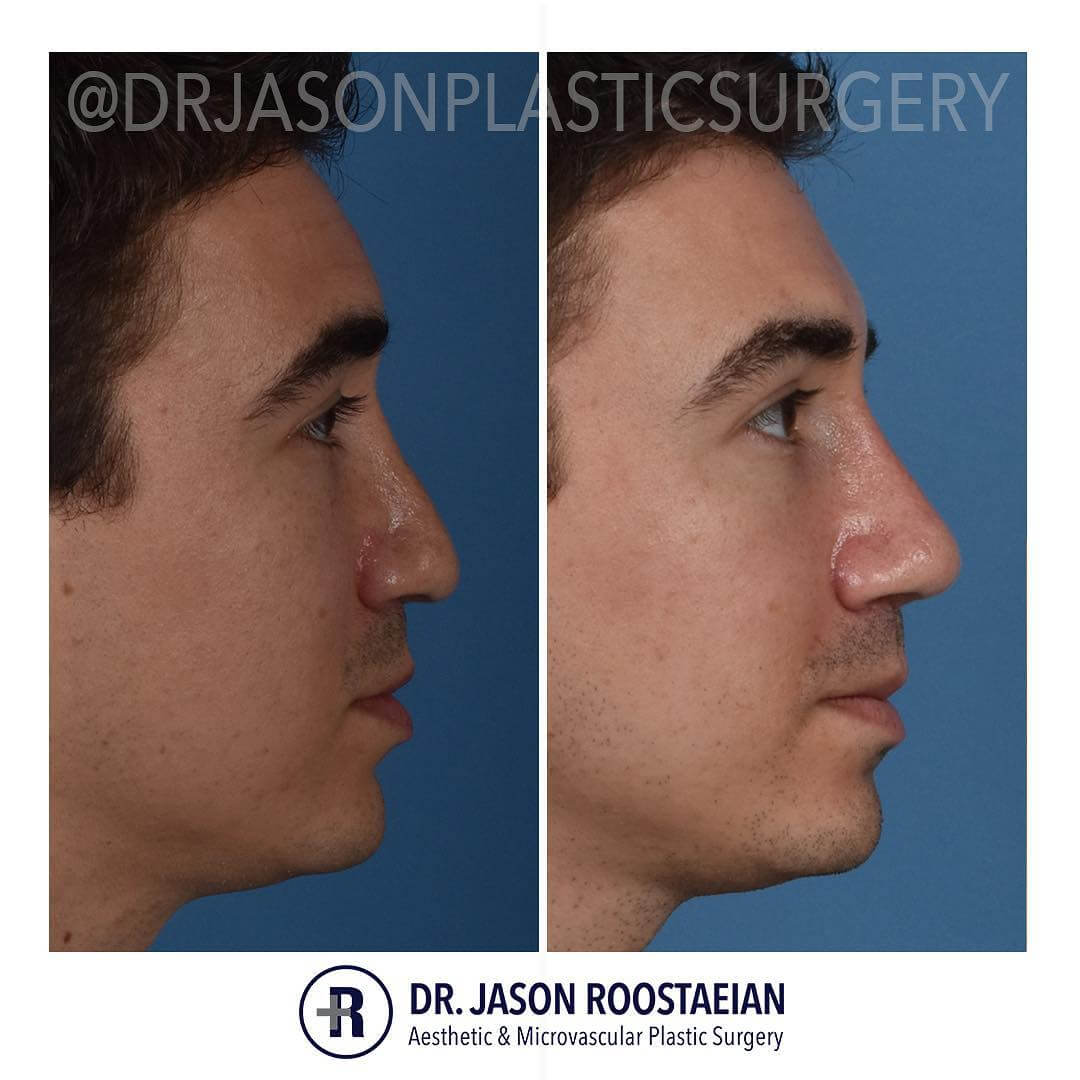
These are the most important things to remember if you are thinking about a genioplasty. The procedure itself can be risky, and you should understand all of your options before proceeding. This article will provide an overview of Osseous and sliding genioplasty. It is important to know what to do after the procedure.
Osseous genioplasty
For women who want to look younger, osseous-genioplasty is a very popular cosmetic procedure. The procedure is performed within the mouth, so there are no visible scarring. It generally takes an hour to complete, and can be performed alone or as part of a facial surgery. The procedure can be done alone or combined with other types. Continue reading to learn more about osseous Genioplasty.
A osseous genioplasty is typically part of larger procedures such as side-to-side or push-back. Patients were generally satisfied with the outcome of the procedure. Patients should be free from any active or past dental infections before the procedure. This can help to ensure the jaw is healthy. Patients should also inform their doctor about any previous orthognathic and orthodontic procedures.

Sliding genioplasty
Before performing sliding, the doctor will examine your medical history. They will also ask questions about what you expect from the procedure. For a better understanding of your options for surgery, your jaw might be examined by an X-ray or CT scan. Sliding genioplasty is often a safe and quick procedure. There are possible complications. These include infection, bleeding and an adverse reaction to anesthesia. To minimize your risk of these complications, you should follow the pre-operative instructions carefully.
Before performing this procedure, your surgeon may perform a thorough cephalometric scanning and measure the length of your chin. Cephalometric measurements will help determine if there are any transverse or overprojection issues. The surgeon will also take standard facial photographs to evaluate your asymmetry in the transverse dimension. If you have any of the above problems, a sliding procedure may be the best option.
Nonsurgical genioplasty
Nonsurgical genioplasty can be used if you're looking to improve your chin size without having to have a whole surgical procedure. This is cosmetic surgery that involves moving a portion of the jaw forward and removing a part of it. This procedure is challenging and requires the use of screws and plates to keep the jaw in place. Nonsurgical genioplasty is, however, much simpler to perform because the surgeon will manipulate your bone.
Two methods are available for non-surgical genioplasty. The sliding technique involves the doctor making an incision under your chin or lower lips. Another method involves repositioning the chin bone through wires. This method is performed on people who have retrogenia and a severely receding chin. The type of procedure used and the corrections made can affect the recovery times.

Risques of genioplasty
Despite the advantages, genioplasty can be a risky surgery. Risks include numbness of the lower lip or chin. This could last for weeks, months or even be permanently. The brain can adjust to the sensation of numbness. Patients should always follow the surgeon's directions and seek medical attention if bleeding or pain persists.
While there are many complications associated with genioplasty, the most common one is temporary neurosensory disturbance of the inferior alveolar nerve. These complications can often be avoided by preoperative counseling. Certain procedures, like sliding genioplasty which repositions the chin bone by sliding forward, may cause complications. This procedure is not recommended if you have any medical conditions, or are planning on having a genioplasty.